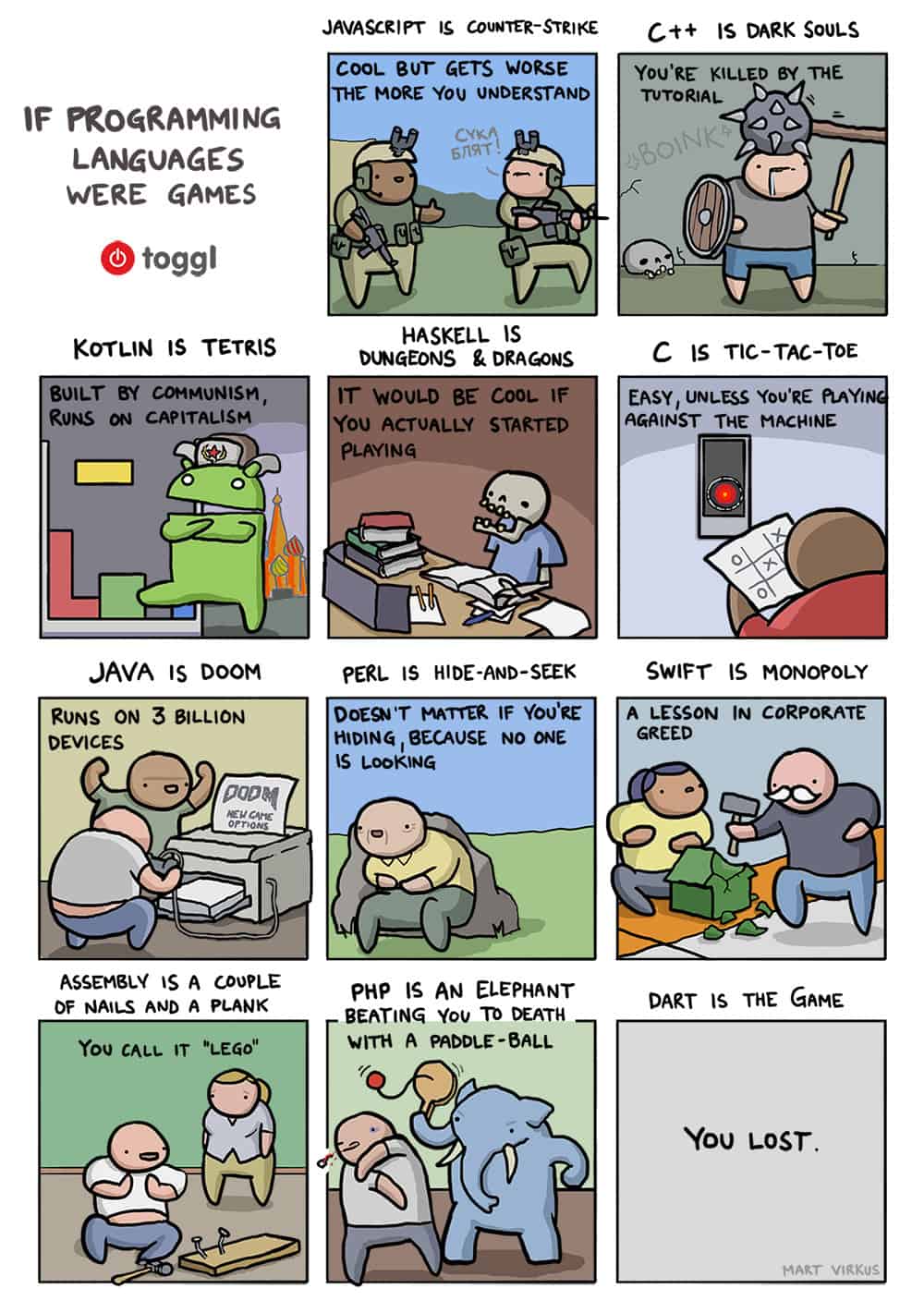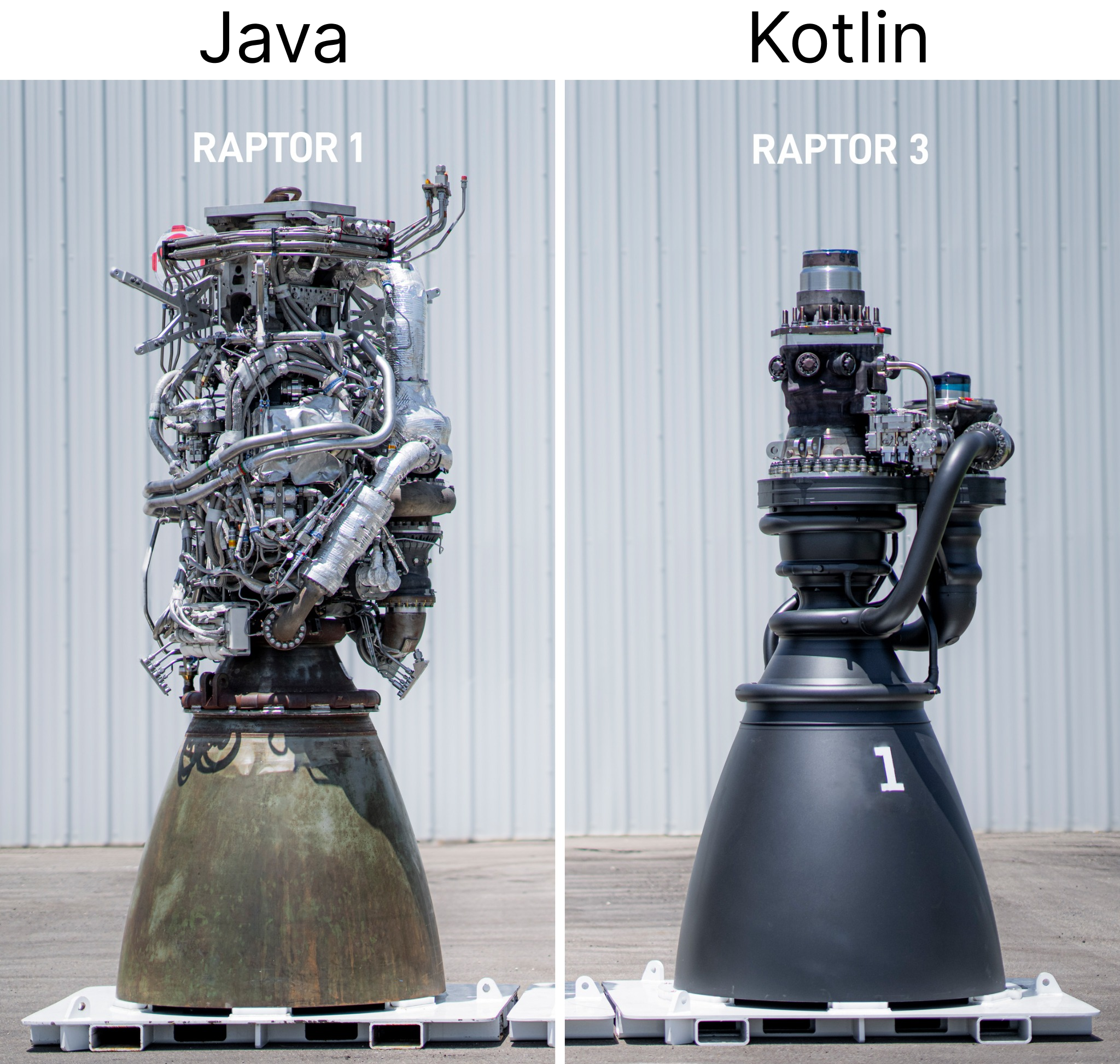Kotlin
728 readers
1 users here now
Kotlin is a statically typed programming language for the JVM, Android, JavaScript, and native.
Subreddit rules:
- Be civil
- No spam
- Stay on-topic
- No fluff
Resources:
founded 2 years ago
MODERATORS
1
2
3
4
5
6
7
3
Smarter Kotlin Development With JetBrains AI: Junie and AI Assistant in IntelliJ IDEA
(blog.jetbrains.com)
8
9
10
11
12
13
14
15
16
17
18
19
20
21
22
23
24
25
view more: next ›

